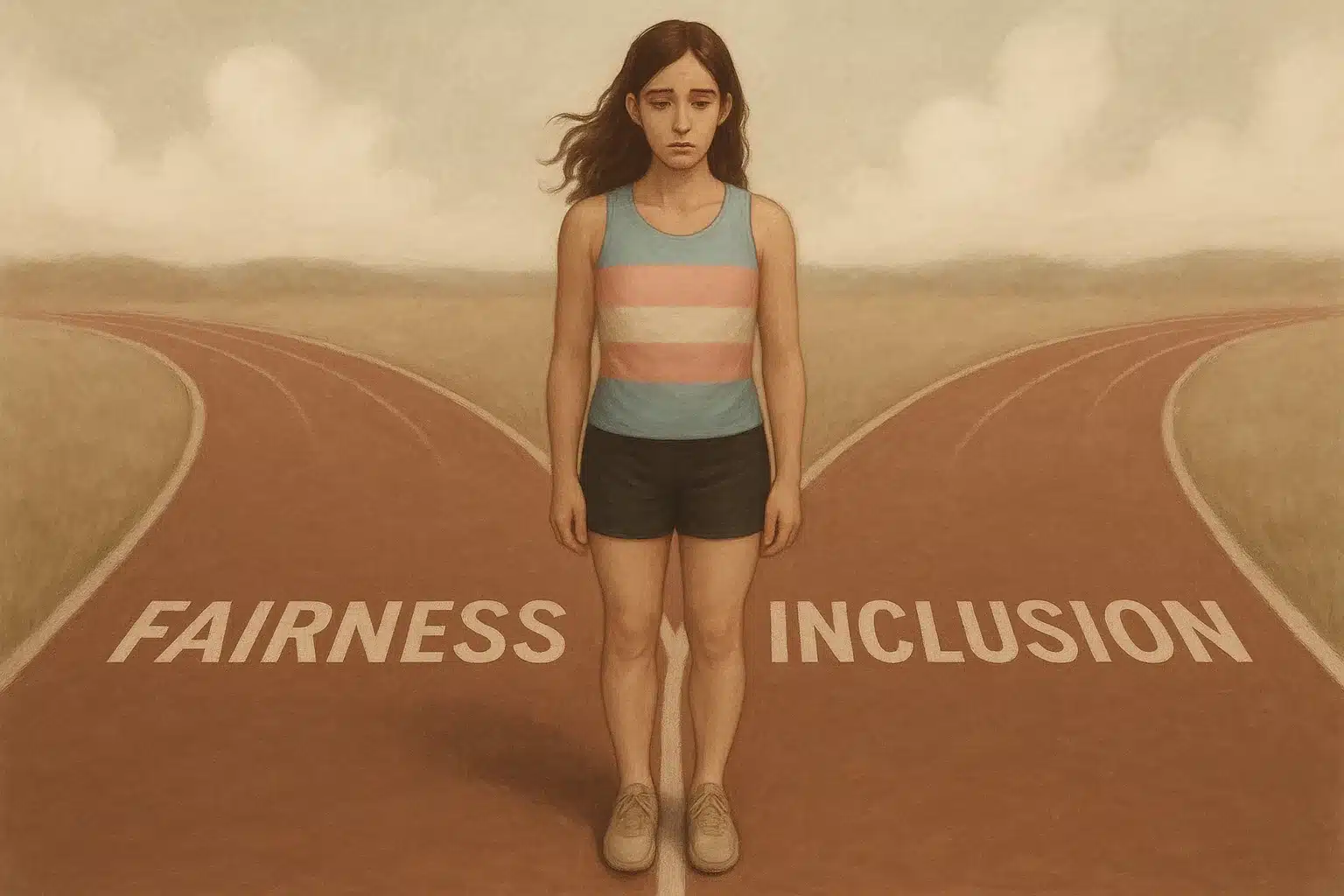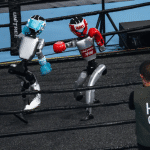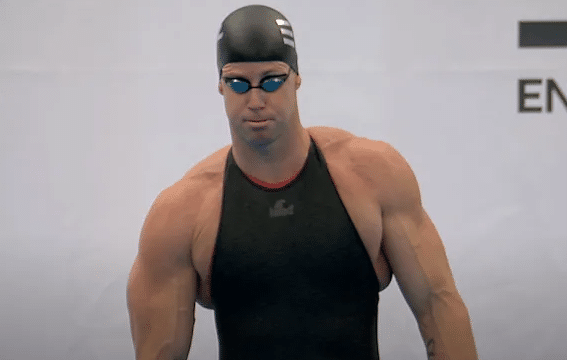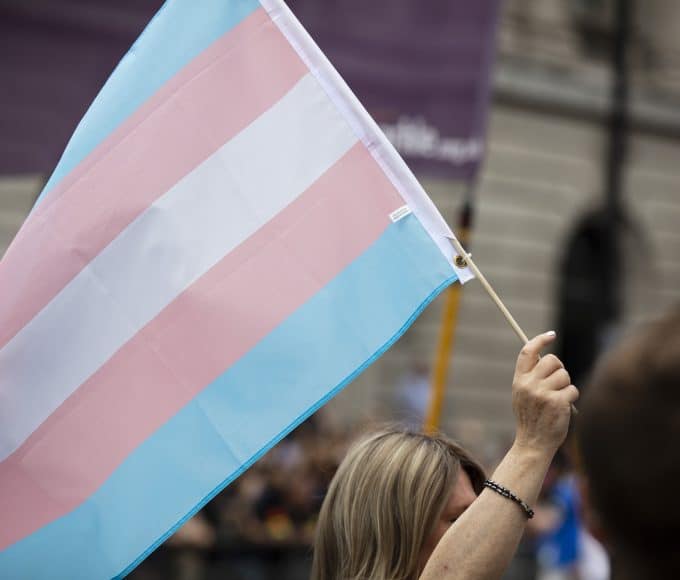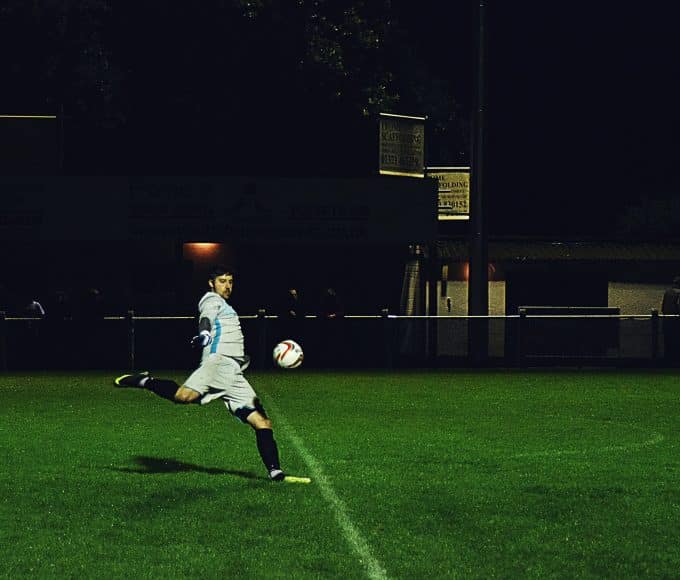Gender and sports inclusion is one of the most complex and emotionally charged debates in modern athletics.
With trans athletes participating at local, national, and Olympic levels, the lines between fairness, identity, and competition are no longer simple.
This isn’t a hot take. This is a map of the terrain — what we know, what’s contested, and where the world might go from here.
What It’s Really About
Advocates for gender and sports inclusion don’t argue that gender is irrelevant — they argue that identity, not just biology, shapes participation.
-
Trans athletes are already here: From Lia Thomas to Tifanny Abreu, the question isn’t if trans people should compete — it’s how.
-
Legal and ethical backing: Many jurisdictions recognize gender identity legally, and ethical frameworks like the Yogyakarta Principles support inclusion.
-
No clear physical advantage: Systematic reviews show mixed or inconclusive evidence of performance benefits post-transition.
-
Sports are life-saving: For trans youth especially, inclusion improves mental health, reduces suicide risk, and increases social bonding.
Trans inclusion isn’t just a policy issue. It’s a health issue. It’s a dignity issue.
Real Constraints and Legitimate Concerns
But inclusion doesn’t exist in a vacuum. Here’s what critics and regulators raise:
-
Physical legacy of male puberty: Strength and endurance advantages can persist, especially in power-based sports.
-
Competitive integrity: Some fear that inclusion undermines “fair play” and women’s sports specifically.
-
Contact sports safety: In wrestling, rugby, or MMA, strength mismatches can lead to injury.
-
Public reaction: Cultural and political backlash shapes how governing bodies react, regardless of science.
These are not just bigoted talking points — they’re factors that need practical solutions.
What the Institutions Say
-
The IOC allows trans women to compete with testosterone under 5nmol/L for 12+ months — but leaves final calls to individual sports.
-
World Athletics and FINA currently ban trans women who went through male puberty.
-
ACSM (American College of Sports Medicine) urges nuanced care, not blanket exclusions.
-
NWSL and US Soccer have no clear policy, drawing criticism from both sides.
-
Legal cases around gender and sports inclusion are rising — from school boards to Olympic committees.
Public Opinion and Cultural Framing
Pew Research shows Americans are deeply split:
60–70% support some restrictions on trans women in women’s sports.
Yet a growing number believe in full inclusion for youth and community-level competition.
This is not just a sports debate. It’s a proxy for how society understands fairness, gender, identity, and trust.
So What Do We Do About It?
-
Create tiered categories: Open divisions alongside women’s divisions for certain sports.
-
Base policy on peer-reviewed thresholds: Not vibes, not headlines.
-
Emphasize inclusion at youth and rec levels: Prioritize belonging over medals.
-
Build in revision: As science evolves, so must the policies.
Gender and sports inclusion isn’t about drawing hard lines. It’s about learning how to live in the blur.
This issue demands more than shouting. It needs humility, data, and a long view.
Whether you’re a coach, athlete, policymaker, or parent — we owe it to the next generation to build systems that acknowledge both identity and competition without erasing either.
Gender and sports inclusion is not a war to win. It’s a reality to design for — together.
Read more – Inside the Enhanced Games: The ‘Super Olympics’ Where Anything Goes





